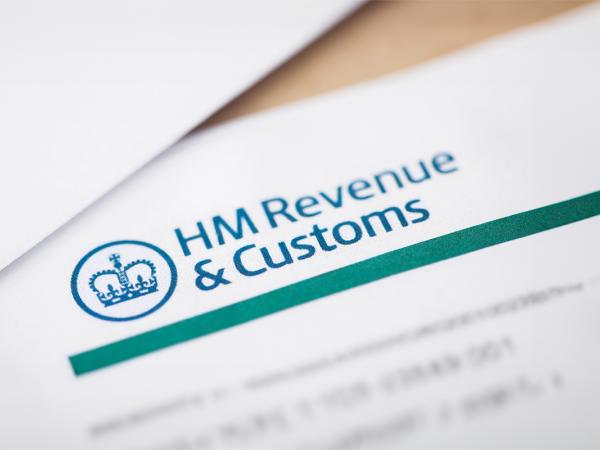Tax returns: provisional or estimated figures
If you do not have all the information you need to be able to complete your tax return accurately, you can use a provisional or estimated figure. If you do this, it means you do not need to delay submitting your tax return to HMRC and risk getting a late filing penalty.

Provisional figures
If you know you have something to include on your tax return but do not yet know the correct amount, you should provide a provisional figure. This is different from an estimated figure (see the Estimated figures heading below).
Once the actual figure is known you should amend your tax return to change the provisional figure to the correct figure as soon as possible.
Estimated figures
You might have lost some important documents that you needed for your tax return and might never get them back (though you should try your best to get copies, if this is possible).
If you cannot retrieve your records, you will have to make a best guess (or estimate) at the figures you should include on your return.
If you have estimated any of the figures on your tax return, you should always tell HMRC what they are, why you have needed to use them, and how you have worked them out. Give as much information as possible – usually in the additional information text box provided on the return. This could help to protect you from HMRC later suggesting you owe more tax or trying to charge you an inaccuracy penalty. In such cases, you will need to be able to demonstrate that you took reasonable care to complete the tax return to the best of your knowledge and belief.
It is unlikely that you will amend estimated figures once you have submitted the tax return. This is different to when you use provisional figures, as usually these will need to be amended, as explained above.



